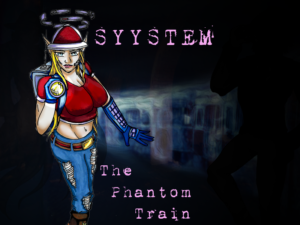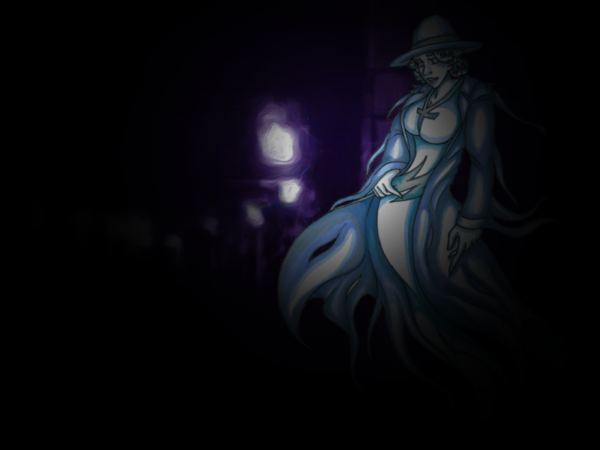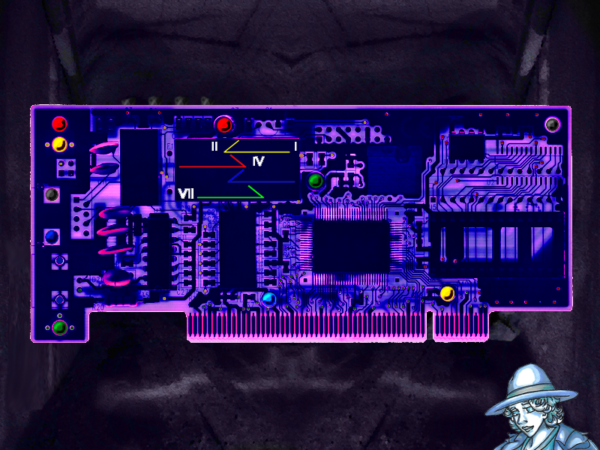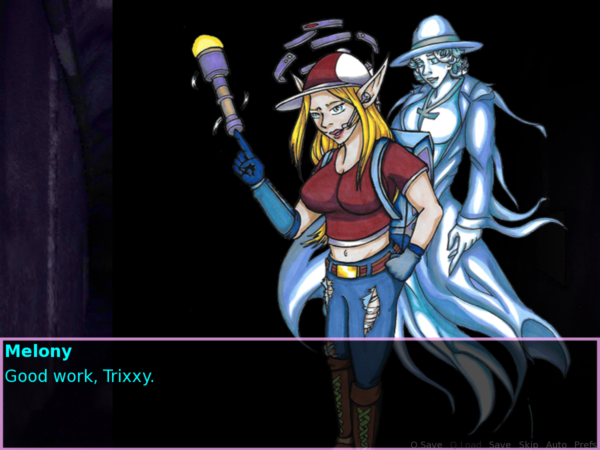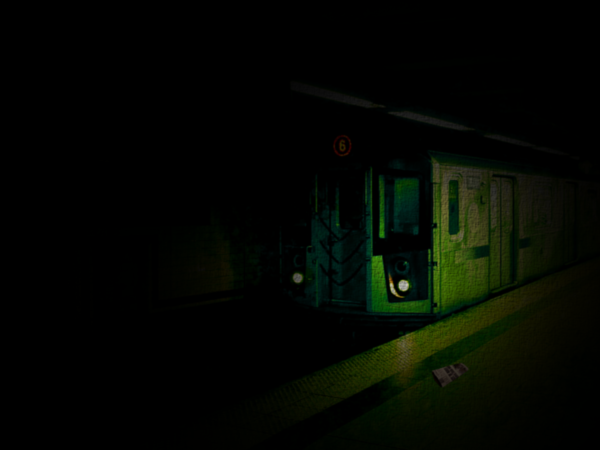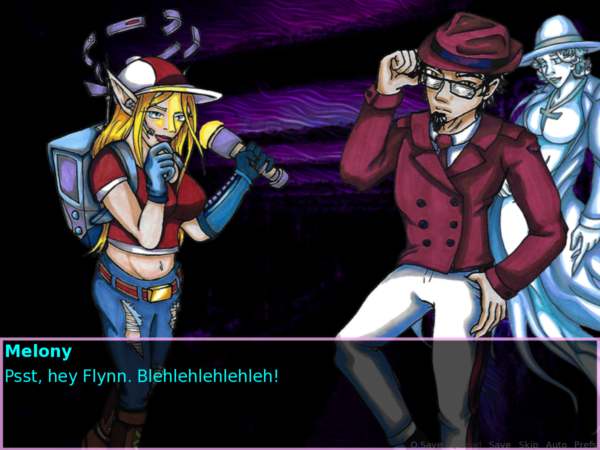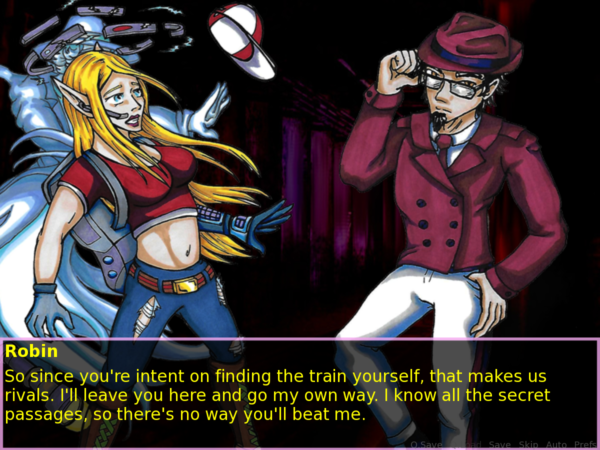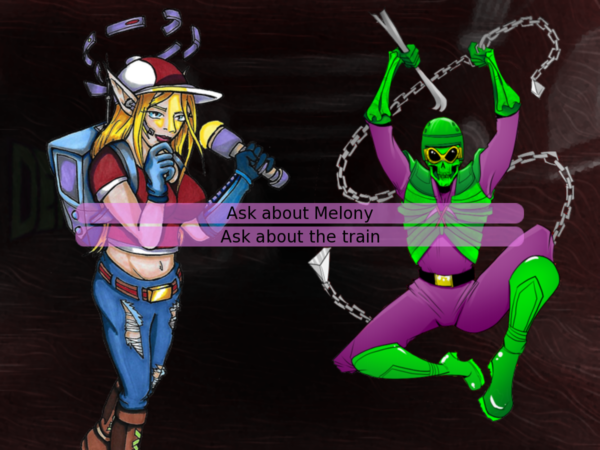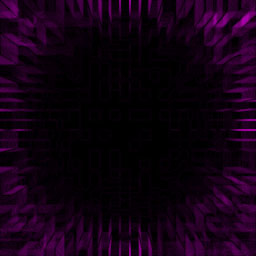Syystem: The Phantom Train is a paranormal visual novel using the Ren’py engine. Gameplay focuses on puzzle-solving and conversation branching to influence the outcome of the story.
Trixxy, the protagonist, ventures into a haunted subway in search of a rumored ghost train. She interacts with spirits and living people during her exploration. The subway is dark but for the flashlight beam controlled by the player.
The Concept
Underground tunnels can be creepy places. Dark, damp, and full of distorted echoes. In a fantasy setting, the atmosphere is amplified by Trixxy’s almost-immediate diagnosis that something isn’t right about the subway she’s exploring.
Such an atmosphere can be lightened as desired via dialogue, as her interactions with the spirits are often friendly and even comical. The reverse is true as well, resulting in a blend of isolation, danger, camaraderie, and rivalry all in one shifting, mysterious setting.
Production Process
Phantom Train began as a solo project, set in an abandoned New York subway. When I acquired my position as Director of Computer Development at Cactyys Totem Entertainment, LLC, we decided to bring the game into the company’s own universe of Syystem.
The original story was expanded to accommodate Syystem, with the lore of the world making it possible for real-world logic and physics to be transgressed without breaking immersion. A time-traveling mechanic was added, as well as fast-traveling.
The scene and character art were overhauled by the artist, and I updated much of the dialogue to reference Syystem. Namely the aura of energy that subverted the laws of reality and made the game’s amended plot possible.
Most of the code was written by me, with cooperation later in development by a contractor. Because I am self-taught, and due to the game’s production time frame, adding a second programmer allowed us to patch up certain spotty parts of the code and to finish development in a timely window.
Challenges
Having began as a solo project, the main challenge for me was editing the story and dialogue to fit with the company’s vision. Exposition needed to be altered consistently, and overall production value was raised as well.
This also resulted in the script being expanded, as the initial plot was too small and short. Having Cactyys’s resources also allowed me to add features like the flashlight, which greatly improved the game’s atmosphere, and the time-traveling, which livened up the plot and characters both.
Being built almost entirely with code, I had to learn how to do everything I wanted to do and find how to make it work. Often, something wouldn’t work right, and I would have to examine the code and look for ways to improve it. Sometimes this meant changing how a scenario was handled entirely.
There were also features common to visual novels that were not inherently included in the game, such as dialogue playback. Part of my job as lead developer was to find out how to implement these things smoothly and intuitively.
Experience
Being the first commercial game I developed, there are aspects of which I’m proud and some I wish I could still change or improve. Adapting quickly is a critical skill when working inside a rigid production cycle, and prioritizing which alterations were most important helped pull the game together into a finished product.
